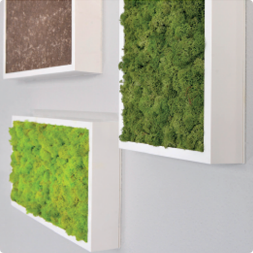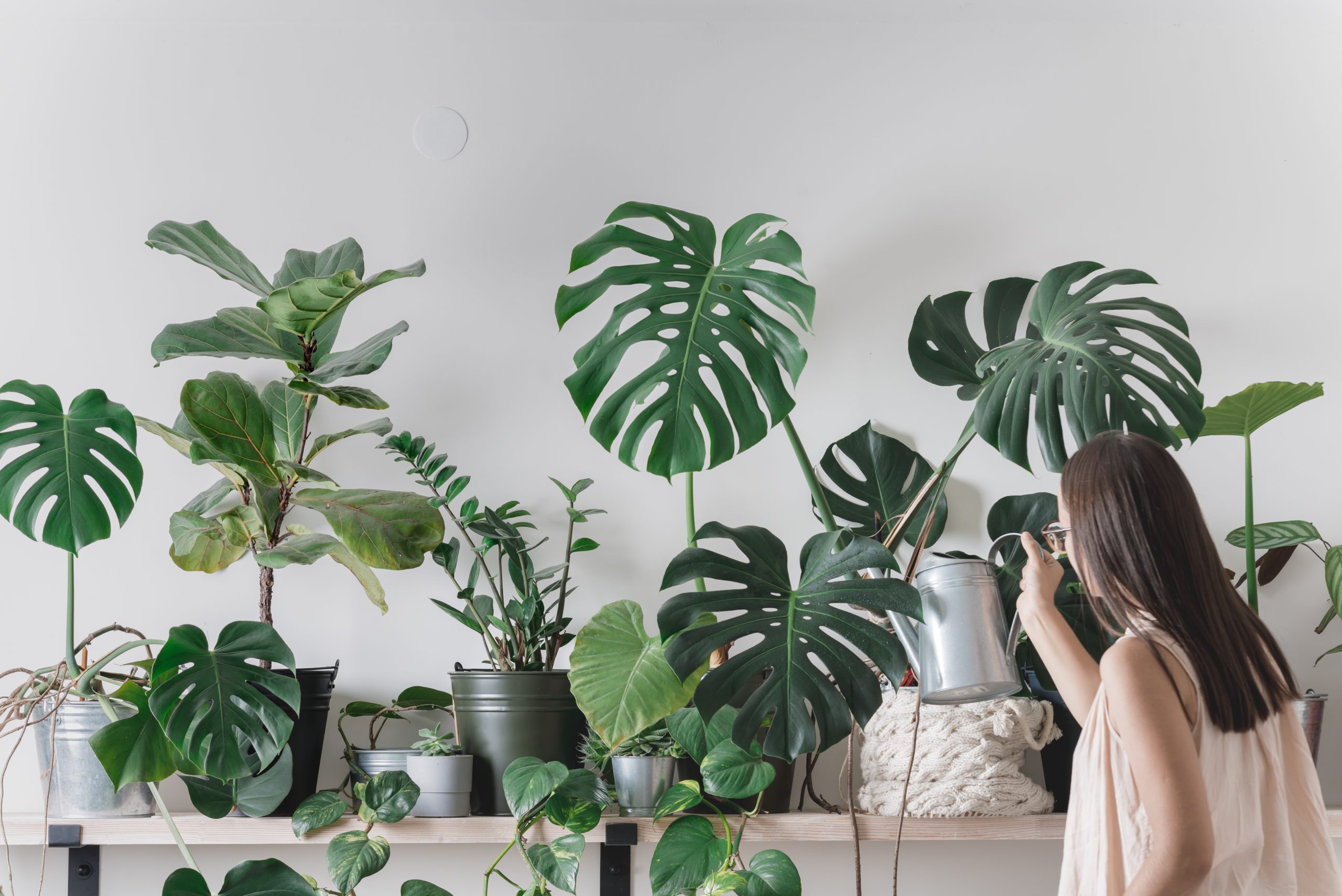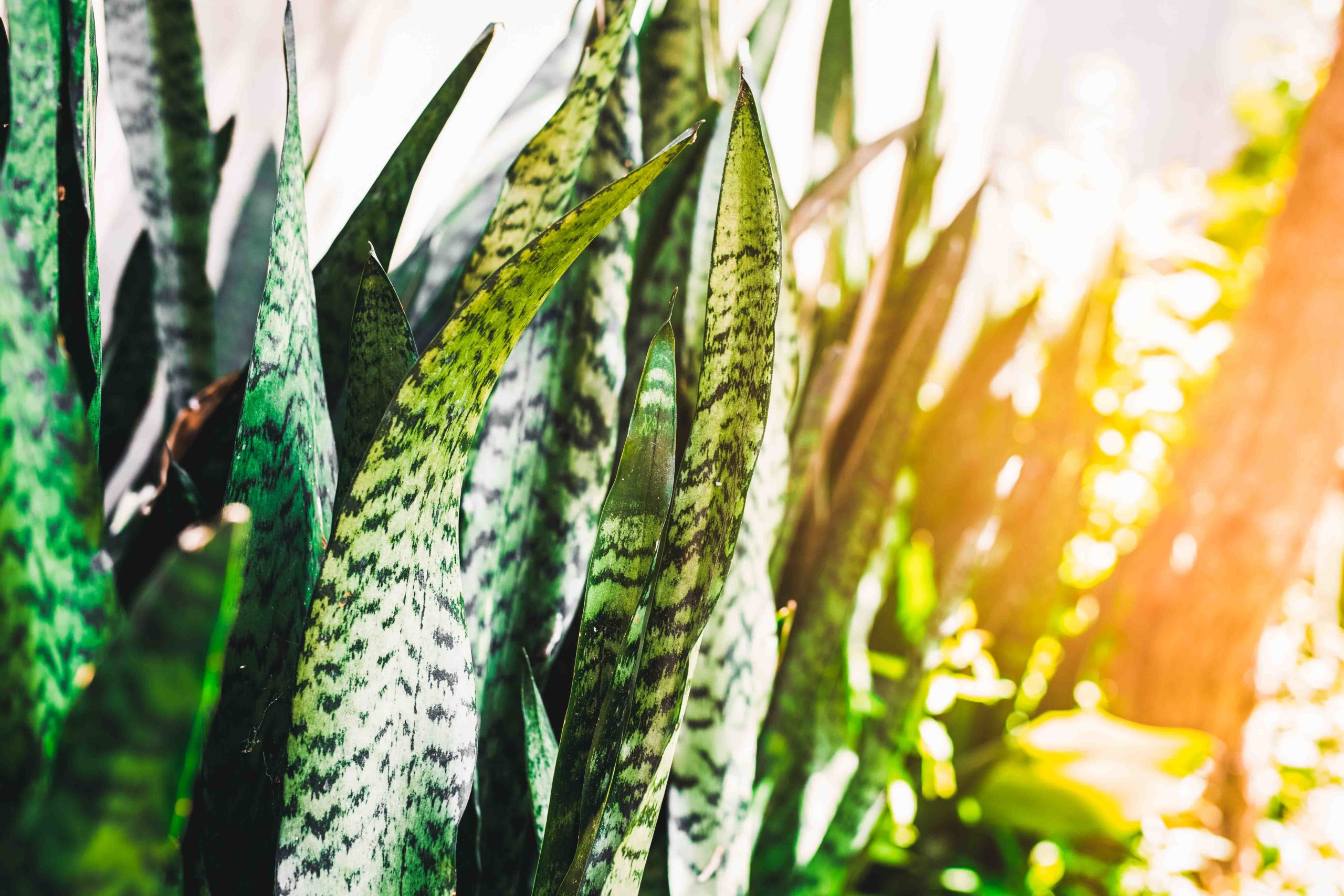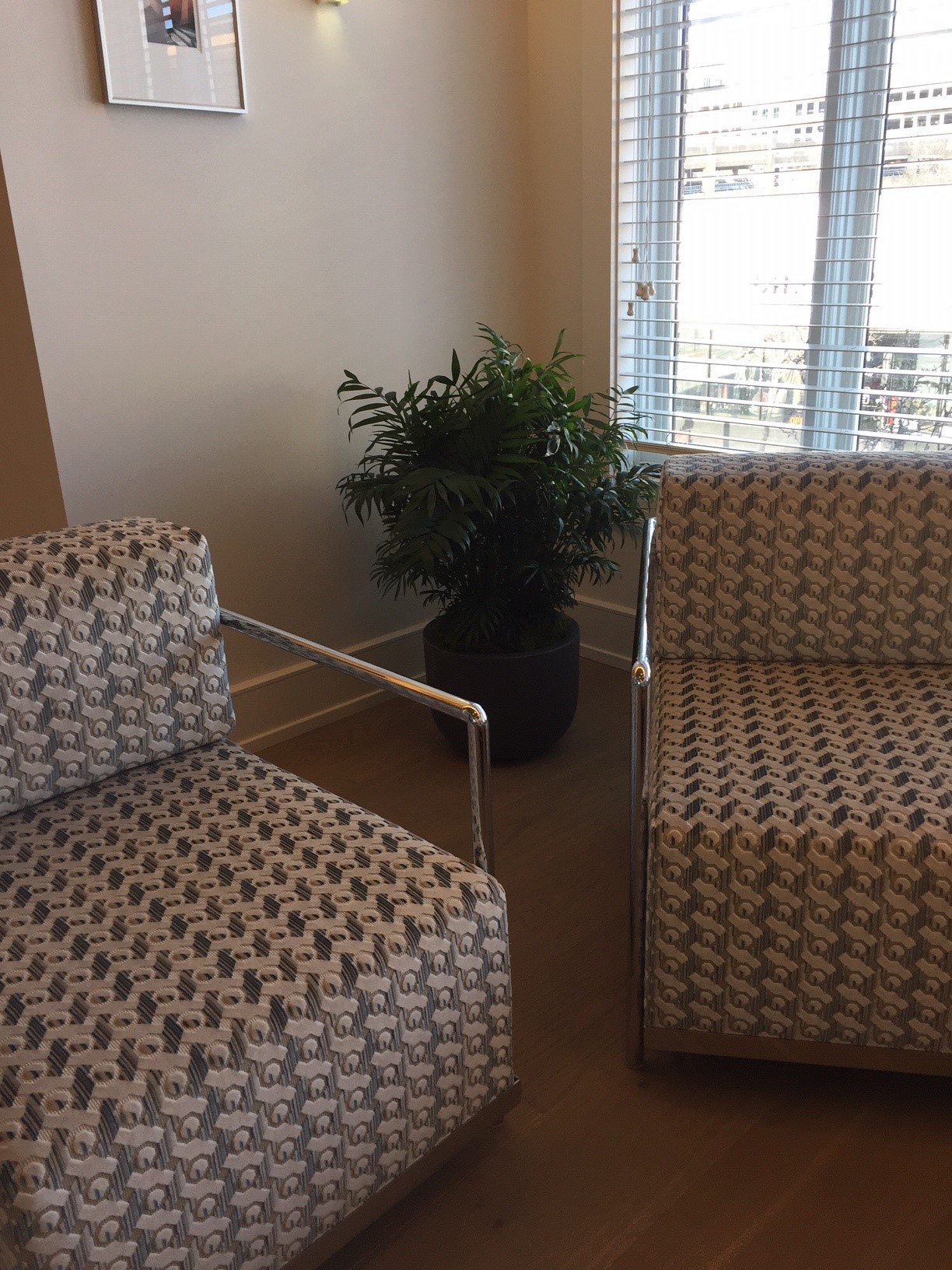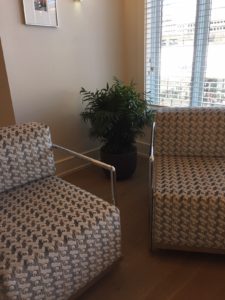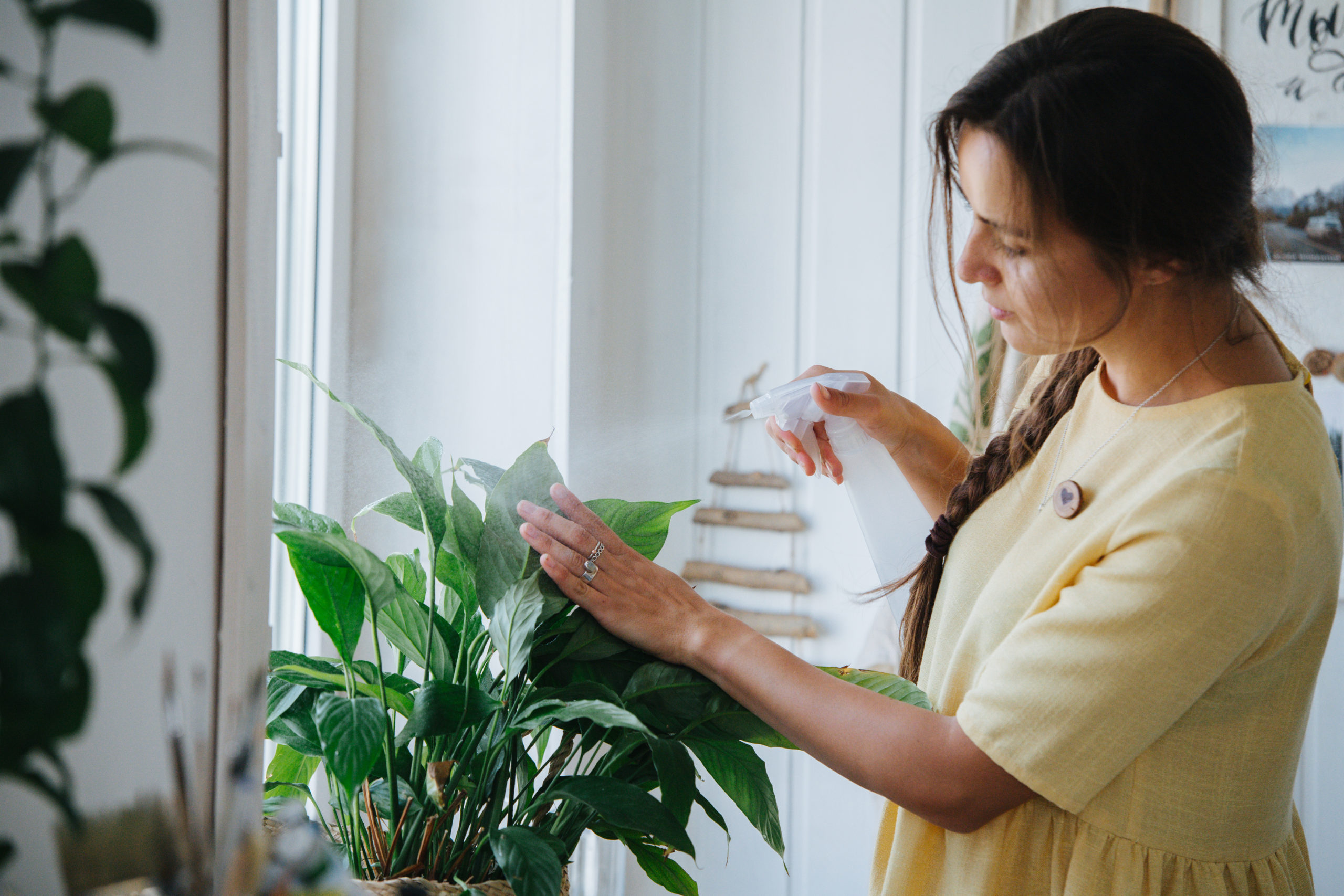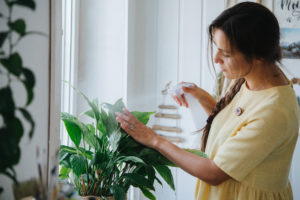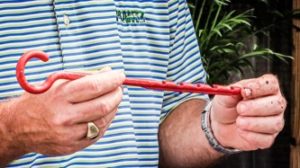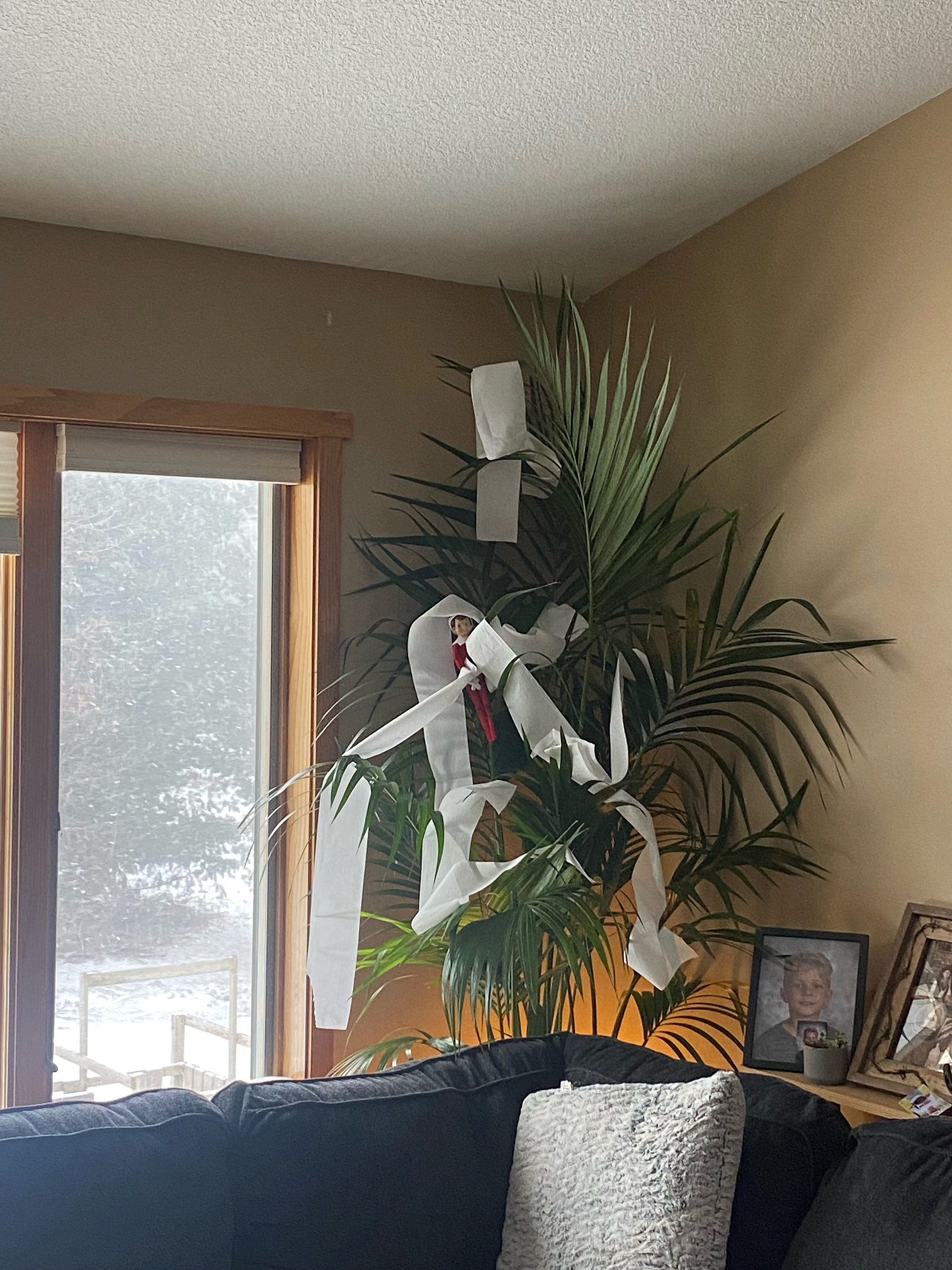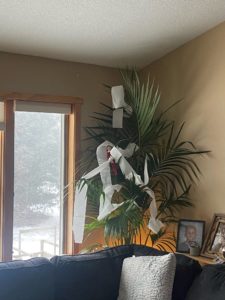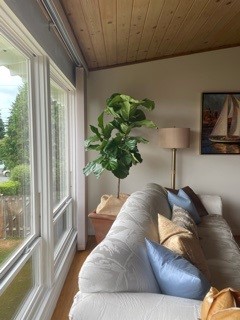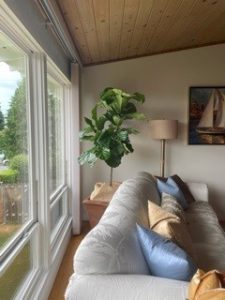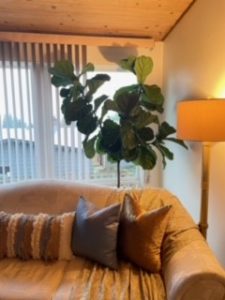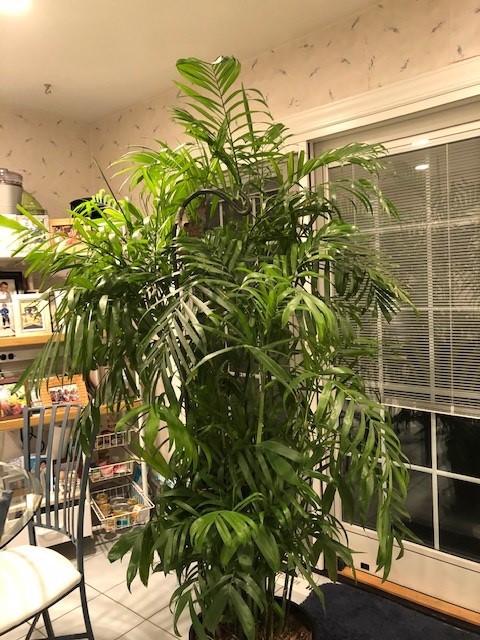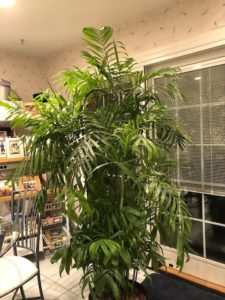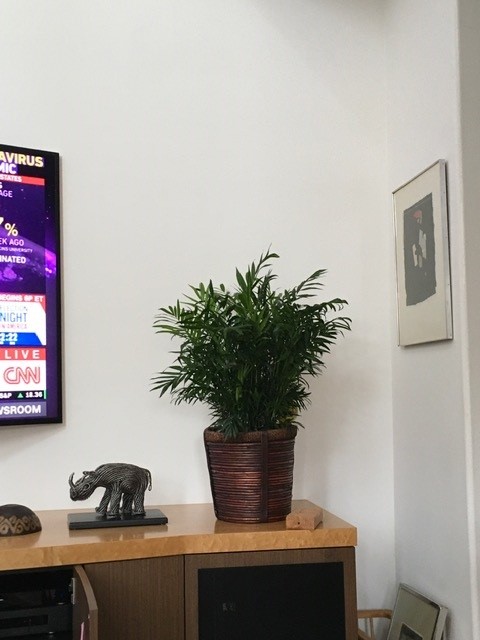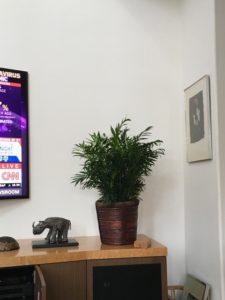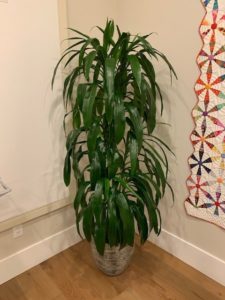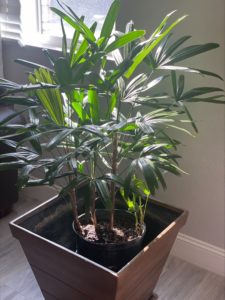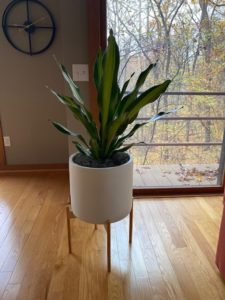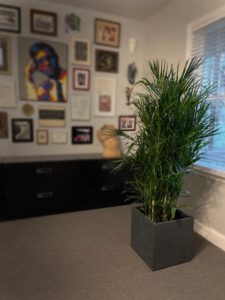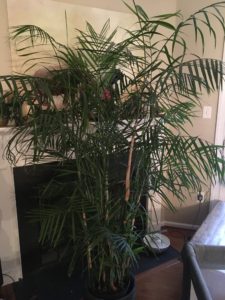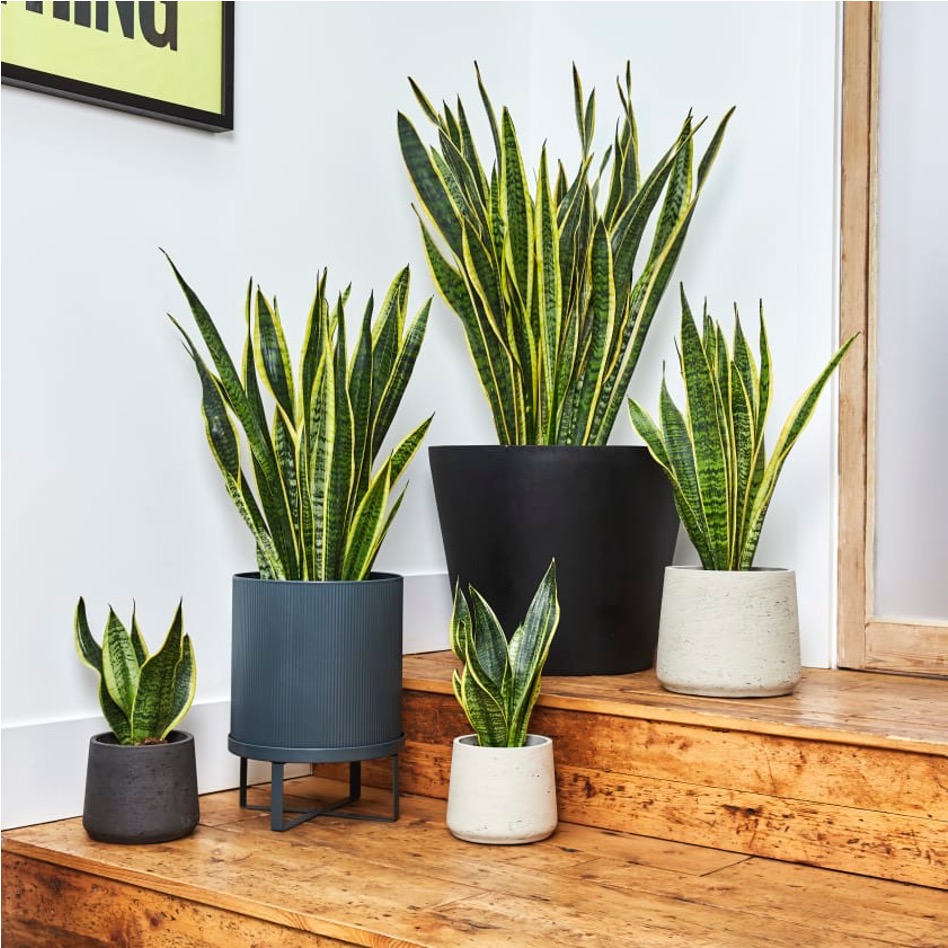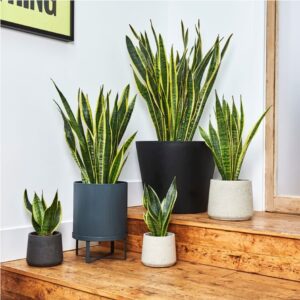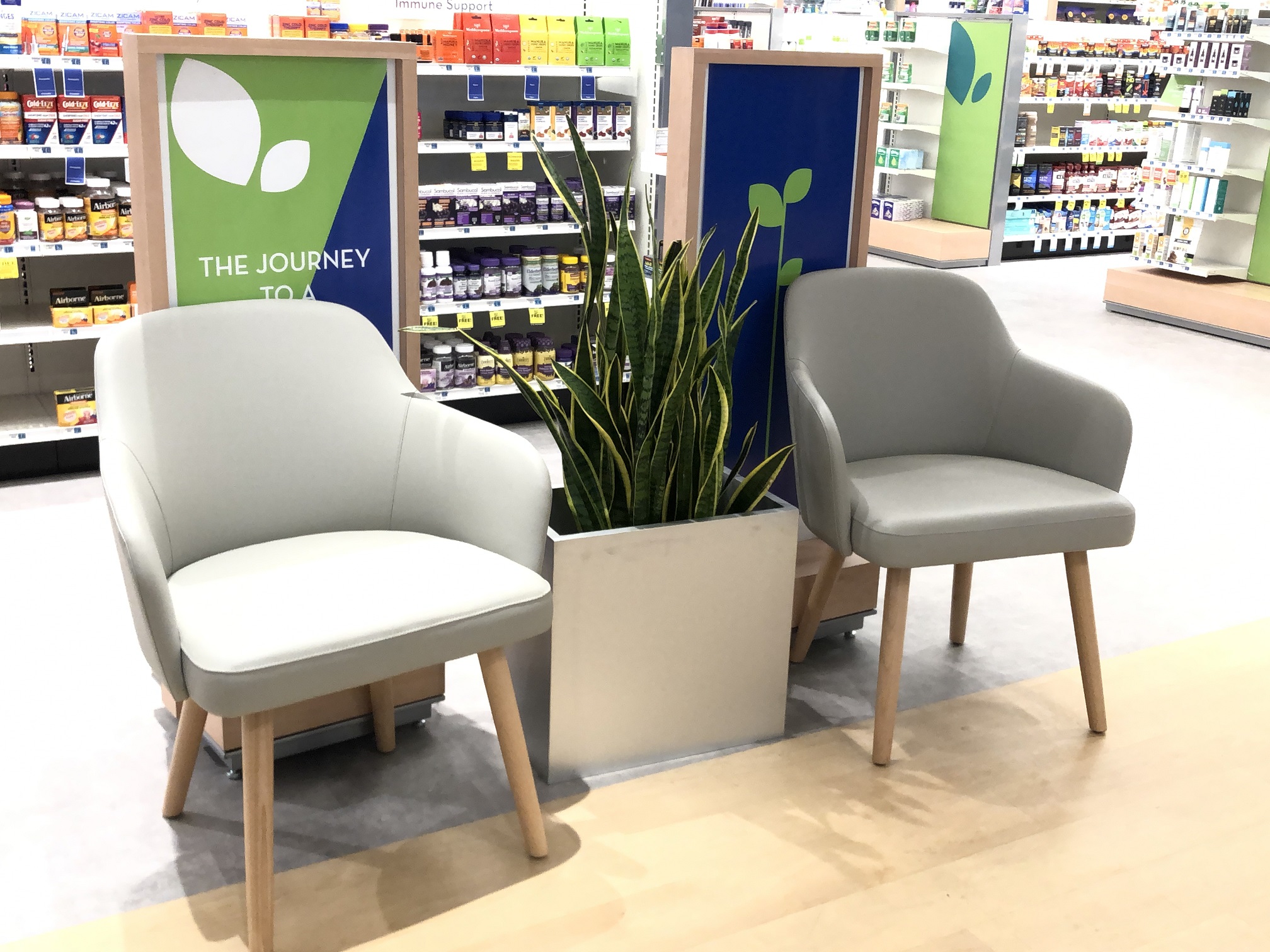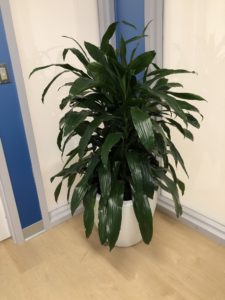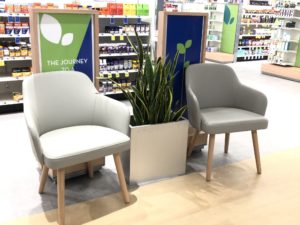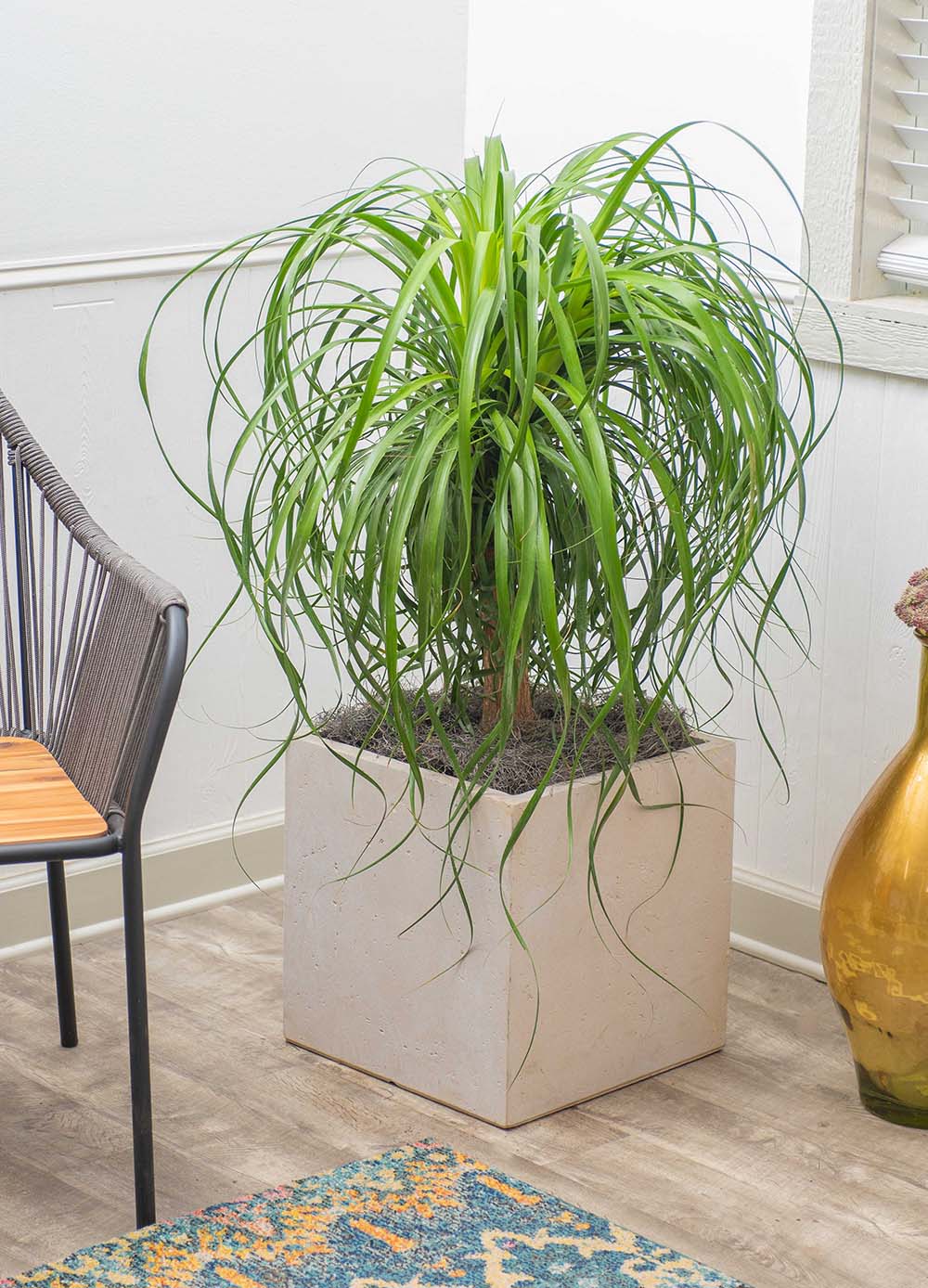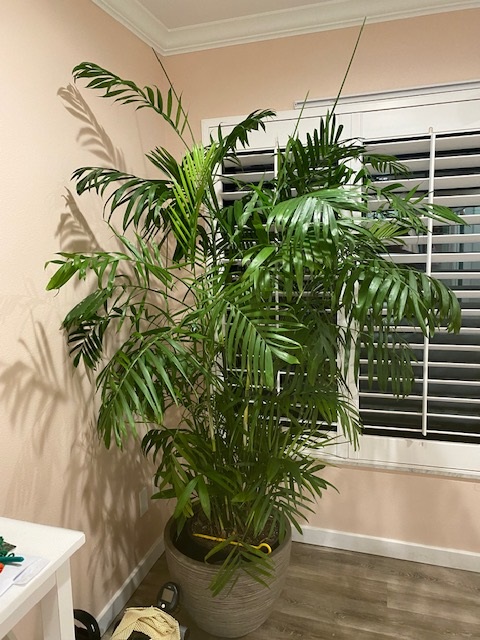A good plant can add beauty and character to a living space, but the perfect plant can actually become a part of it. It becomes more than just an affectation. It’s part of what defines the room and makes people want to spend time there.
To really transform living spaces, the monstera deliciosa can be the perfect plant for its lush appearance and ability to climb. As it grows, you’ll see it take up more space in a room, giving a plain-looking room a tropical aesthetic. It’s an eye-catching addition, and a beautiful, live piece of decor.
But you can’t just set your monstera deliciosa down and watch it take over. It needs your help to get it to grow the way you want. Fortunately, there are tools to help give your monstera the support it needs to grow to your preferences. With the right setting, you’ll have a happy, healthy plant providing the exact look you want. Follow these tips to get the most out of it:
Offer Support
If you want your monstera to grow upward, it needs something to grow on and some help staying vertical. A successful option used by many plant parents is a moss pole. The moss provides an organic form of support, and the monstera’s aerial roots will attach to the pole and help guide it upward. Ideally, you’ll introduce the moss pole early in your plant’s life cycle and before it has already established a growth path.
To encourage your monstera to use the moss pole, you can use twine to attach it. You’ll want to utilize multiple points so if it leans, the twine won’t cut into the stem. Over time you’ll see that the moss pole isn’t actually propping your plant up; it’s providing a stable base it can use to attach and climb on its own. Once you’ve trained your plant to use it, nature will take over and it will be growing upward.
You can buy moss poles from several vendors, but some plant parents choose to make their own so they can create the look they want to accompany their plant. The actual pole is usually made of wood, metal of PVC piping, so you have options as to which one best matches your decor. Whether you buy one or make it yourself, a moss pole can literally get your plant headed in the right direction.
Try a Trellis
Once your plant is going vertical, you might want to see it spread out a little (or a lot) to gives the room an exciting and natural feel. You can accomplish that goal by adding a trellis and indulge your creative side at the same time.
Like a moss pole that allows your monstera to attach and travel upward, a trellis gives it the same ability to attach and spread out across a designated area. A small trellis can be added to a potted plant to provide added structure, while larger ones can allow it to move farther across the room within set parameters. And because you’ve given it support and direction, it will accommodate the design you want.
And for the really fun part: The trellis can become part of the room’s decor. It can be made out of various materials and painted any color you like. It can be a stand-alone piece, part of a coordinated collection of matching trellises, attached to a wall or a door, and placed in any space you want your monstera to occupy. The bigger the plant and the bigger your imagination, the more options you’ll have.
Other Tips
Watch the wall. Monstera deliciosa will even grow on a wall if it’s close enough to attach, and you can use hooks or gardening tape to encourage this type of growth. But while that can make for a pleasing look, wall growth can also be a challenge to detach. You might lose paint in the process or be unable to remove it without damaging the plant. It’s another good reason to consider a trellis, or at least be mindful of where your monstera is growing.
Pruning possibilities. Another way to guide your plant in the direction you want is with pruning. As your monstera grows, it might reach for new directions, some of which aren’t part of your planned design. You can guide your plant with some judicious pruning but be careful not to overdo it. Always cut at an angle, with some distance from the node.
More Questions? PLANTZ Has Answers
If you have more questions about the monstera (or any other plant), we’re here to provide the information you need. Feel free to contact us with your toughest plant-related questions, and we’ll be happy to help.









